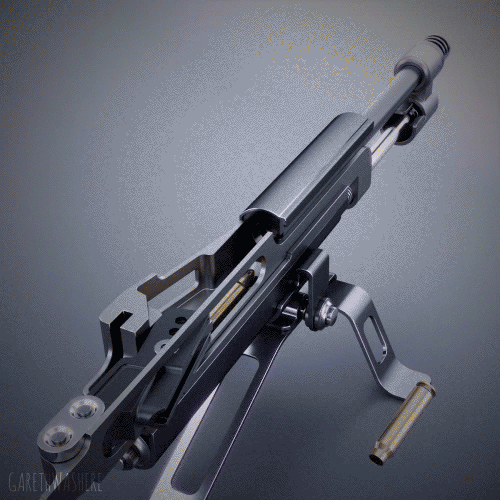

The dark elves also carry a sabre or scimitar similar to a real-world Turkish kilij sword, a weapon with a curved blade and a cross-shaped guard, with a reinforced point. It's similar to the real-world Roman spatha.Ĭavalry from some Imperial vassal states appear to carry curved sabres with a knuckle guard, rather than the usual longswords. High-ranking Imperials, such as Zorzal El Caesar may carry swords with more ornate guards and grips. Imperial cavalry may carry longer swords than infantry. The swords are generally back up weapons for spears. Most Imperial Soldiers carry straight, double-edged swords about 1-1.5 meters long as melee weapons. In anime the Imperial soldiers are also seen using crusader-like swords as well. Zorzal's bodyguards are seen in anime using crusader-like swords against Shino Kuribayashi. This is an aggressive weapon, meant for stabbing and close-quarters combat. Some Imperial soldiers, as well as one goblin in the manga, carry a short sword similar to the real-world Roman gladius. Such a weapon was used by Delilah to wound Akira Yanagida in the Assassination Attempt on Noriko Mochizuki.Ī bandit in the manga carries a short, curved dagger with a knuckle guard during the Siege of Italica. The Warrior Bunnies favor a forward curving blade about 30cm/12 inches similar in appearance to real-world classical greek Kopis or Nepalese Kukri blades. Imperial soldiers have been seen using multiple different types of daggers- a long, narrow double-edged blade similar to a medieval dagger, and a broader double-edged blade similar to a real-world Roman pugio. However, due to the superiority of technology and the difference in combat style between two army, all of the weapons below often proved extremely inefficient against the JSDF. 7.1 Type Weisenau (Imperial Gallic D & E)ĭue to war features in Special Region, the Empire developed most of its weapons for close-range combat, has been proven to penetrate metal armor and JSDF’s bulletproof cloth armor.Traditional Korean archers utilize the thumb draw, pulling the bowstring well past the ear. It comes as no surprise, given the long history of traditional Korean archery, that they dominate the modern sport. Even today archery is subsidized by the South Korean government to ensure quality recruits to participate in the national sport, which is archery. If you were a good archer you would likely become a military officer and rise in society. Later on in the 14th century, in what is now called the Chosun era, soldiers were chosen through military exams which heavily emphasized archery. The practice of archery would have been central to their military training and tactics. The Silla employed a warrior class known as the Hwarang, a group of elite male youth, heavily influenced by Buddhism. Three competing kingdoms known as Silla, Baekje, and Goguryeo battled back and forth for supremacy for many centuries before the Kingdom of Silla eventually came to dominate in the 7th century AD, unifying Korea. The time from roughly 57 BC to 668 AD was known in Korea as the Three Kingdoms Period. Traditional Korean Archery The Three Kingdoms

Modern Olympic distances range from only 30 to 90 meters. The targets for traditional Korean archery are at a distance of 145 meters or greater. Due to this extreme reflex, the Gukung has a long draw, with archers drawing well past the ear. The Korean bow nearly forms a circle with the tips of the siyahs nearly touching. Unstringing the bow reveals the extremity of its reflex. When strung, it is relatively small and unassuming at first glance, but lurking within the bow is raw power and relentless efficiency. What really sets the Korean bow apart is its geometry. The bows’ varied layers and parts are glued together with a natural adhesive derived from the swim bladders of particular fish. The siyahs are usually made from mulberry wood. The Gakung is similar in construction to other Eurasian composite bows such as the Mongolian and Turkish bows the core is bamboo with water buffalo horn joined to the belly.


 0 kommentar(er)
0 kommentar(er)
